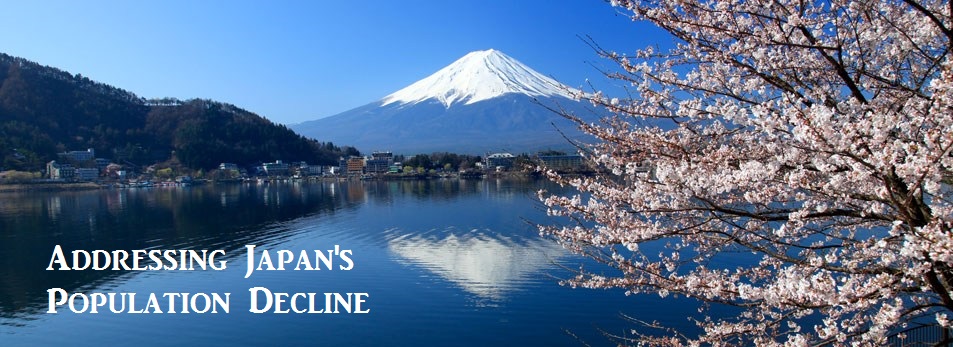Economic Growth & The Environment – Theodore Panayotou
On the same subject of environmental degradation being connected to thriving countries and economies, Panayotou brings a supporting approach with the use of an “Environmental Kuznet’s Curve”. The curve illustrates a growth in income correlating to increased environmental harm up to a point where both peak until the environmental side degradation begins to decline. Panayotou uses pollutants as a measurement of degradation among other factors such as lack of clean water, deforestation, waste, and sanitation. The pollutants’ turning points were based on per capita scales found through the use of logarithms and Panayotou’s “cross-section data and translog specification”. Focusing on different outcomes from various countries and environmental degrading factors, Panayotou identified three factors of structural forces that explain the negative affects on the environment. Throughout the article, Panayotou addresses the barriers to the curve which puts critical minds like mine to ease. He acknowledges that certain impacts on the environment cannot be reversed, but even so, the economic structure of the curve is logical. Originally, I believed that only wealthy countries had the capacity and interest to remediate environmental issues and I partially still believe so. But given Panayotou’s discussion and the topic of what developed consumerism looks like in today’s society, I am interested to see how the theory will shape the road to recovery in these booming societies. When comparing Japan and its falling population, it is essential to note that its largest city – Tokyo, is still increasing in population. Studies have shown a phenomena called “urban warming” which resulted in Tokyo’s 3 degree Celsius increase in the past century (Fujibe 2010). However, Tokyo is on the path to becoming a “Smarter City”, with plans to expand the smart grid, increase electric vehicle use, and decrease energy use and consumption in a way that still values the quality of life (Braun 2014).
From Economic Survey of Europe, no. 2 (2003): 45-72. Used by permission of United Nations Publications.
